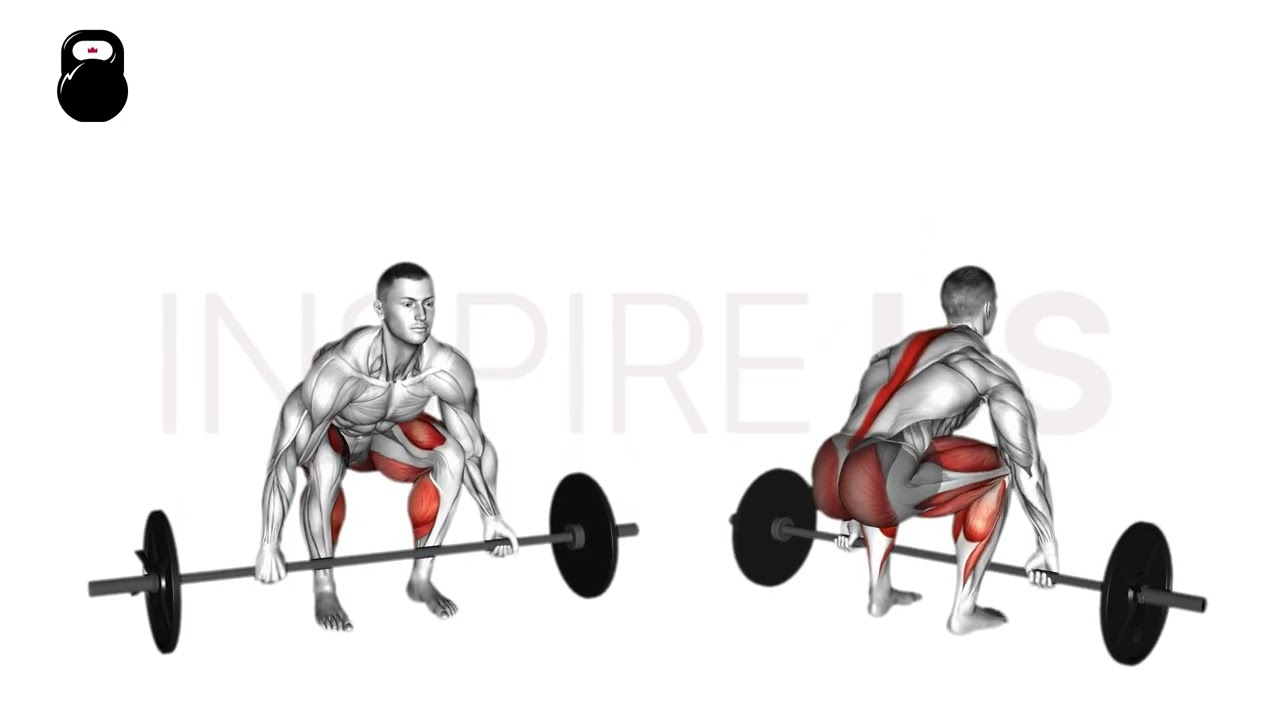Hook Grip vs Mixed Grip Deadlift: Which to Use
Have a few months of training under your belt, but find that the bar slips from your grasp during an intense deadlift?
As you progress further into your training career, the standard double overhand grip may no longer be sufficient for pulling a heavy deadlift set. Instead, you may need to switch things up with the mixed or hook grip.
What are Deadlift Grip Styles?
Deadlift grip “styles” or “techniques” simply refers to the method with which the weightlifter holds the barbell during a set of deadlifts.
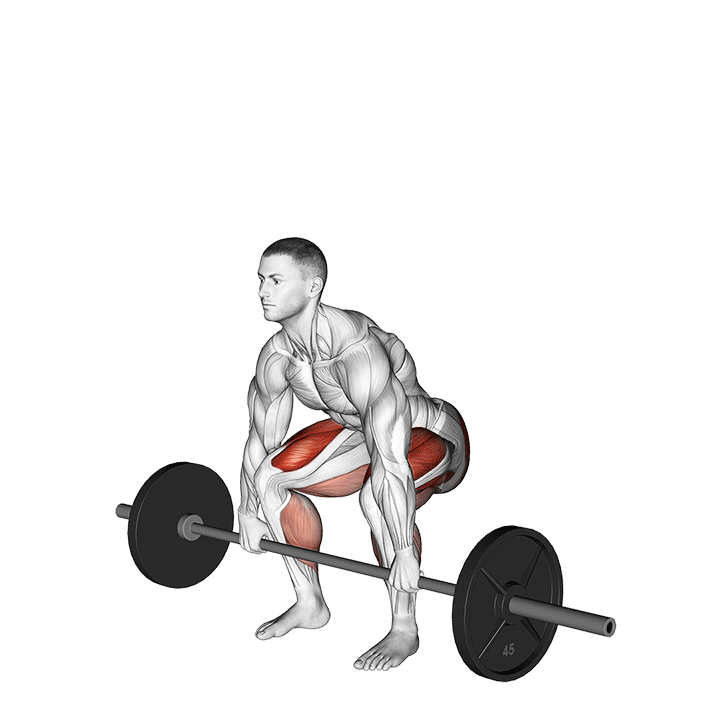
The most common form of such is the double overhand grip, where the wrists are in a pronated orientation and the fingers curl around the barbell from above.
As easy and risk-free as this traditional deadlift grip is, it is also considered the weakest in terms of keeping hold of the bar or preventing it from rotating.
Fortunately, many alternative deadlift grip styles have been developed over the years - two of the most effective being the hook grip and the mixed grip.
What is the Hook Grip?
The hook grip is an advanced deadlift grip technique where the thumbs are trapped beneath the remaining fingers. This creates a “hook” with an otherwise ordinary double overhand grip.
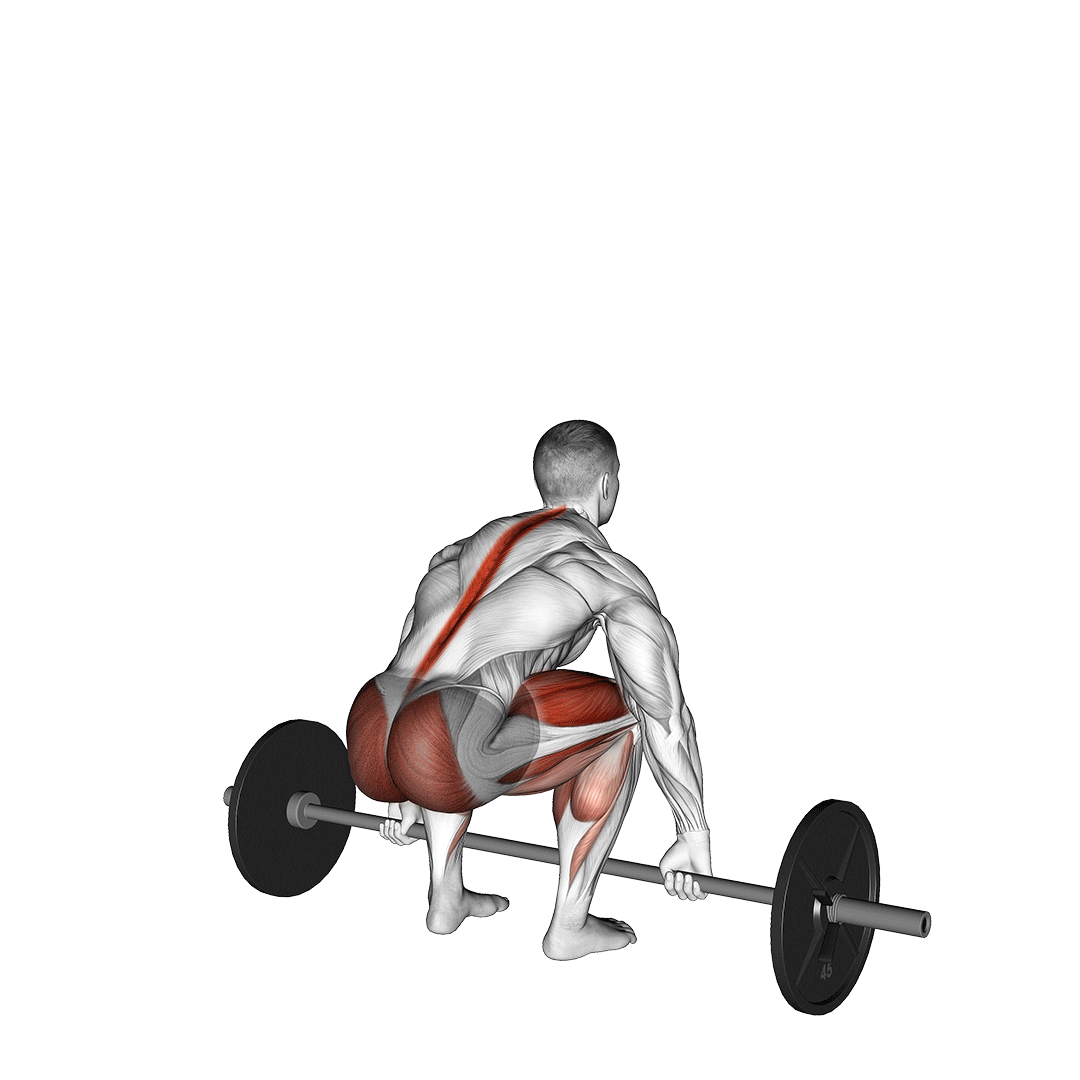
What is the Mixed Grip?
The mixed grip is an intermediate deadlift grip style where one hand is in an underhand or supinated orientation, and the other is in a pronated or overhand orientation.
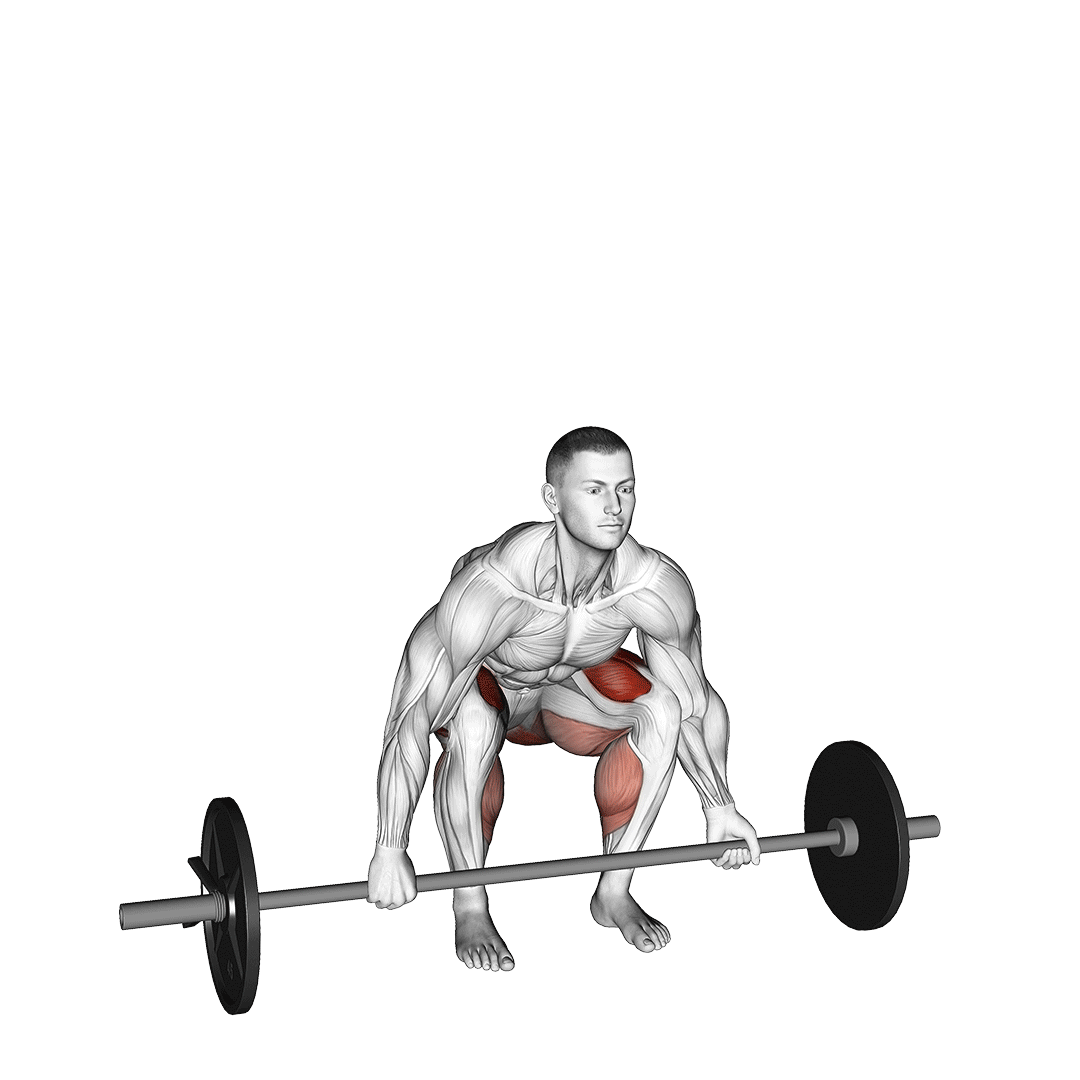
How to Deadlift With a Hook Grip
To deadlift with a hook grip, the palms should be placed approximately shoulder-width along the barbell, thumb firmly wrapped beneath.
With the thumb securely around the barbell, the lifter will close their remaining fingers as if gripping in an otherwise ordinary double overhand grip.
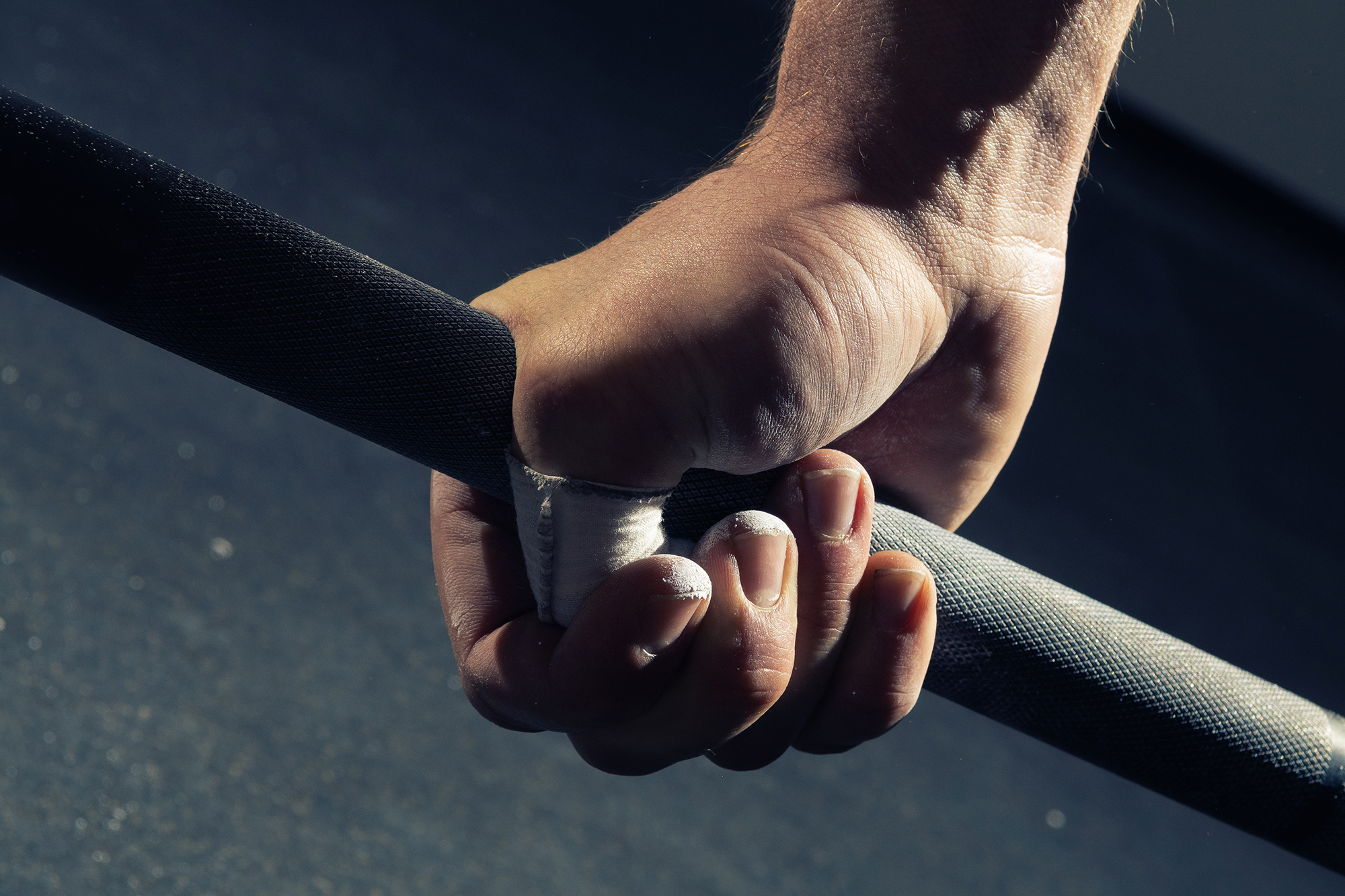
If done correctly, the thumb should be pressed against the barbell by the remaining 2-3 fingers, with the pinky finger (and ring finger, depending on proportions) gripping the bar normally.
The hook grip will vary according to the proportions of the lifter’s hands, and may require a slightly more forward-rotated wrist in comparison to the standard double overhand grip.
Those with particularly short fingers may have trouble reaching far enough to press their thumbs into the bar.
How to Deadlift With a Mixed Grip
To deadlift with a mixed grip, one set of fingers will wrap beneath the barbell in an underhand manner, the thumb curling over the top.
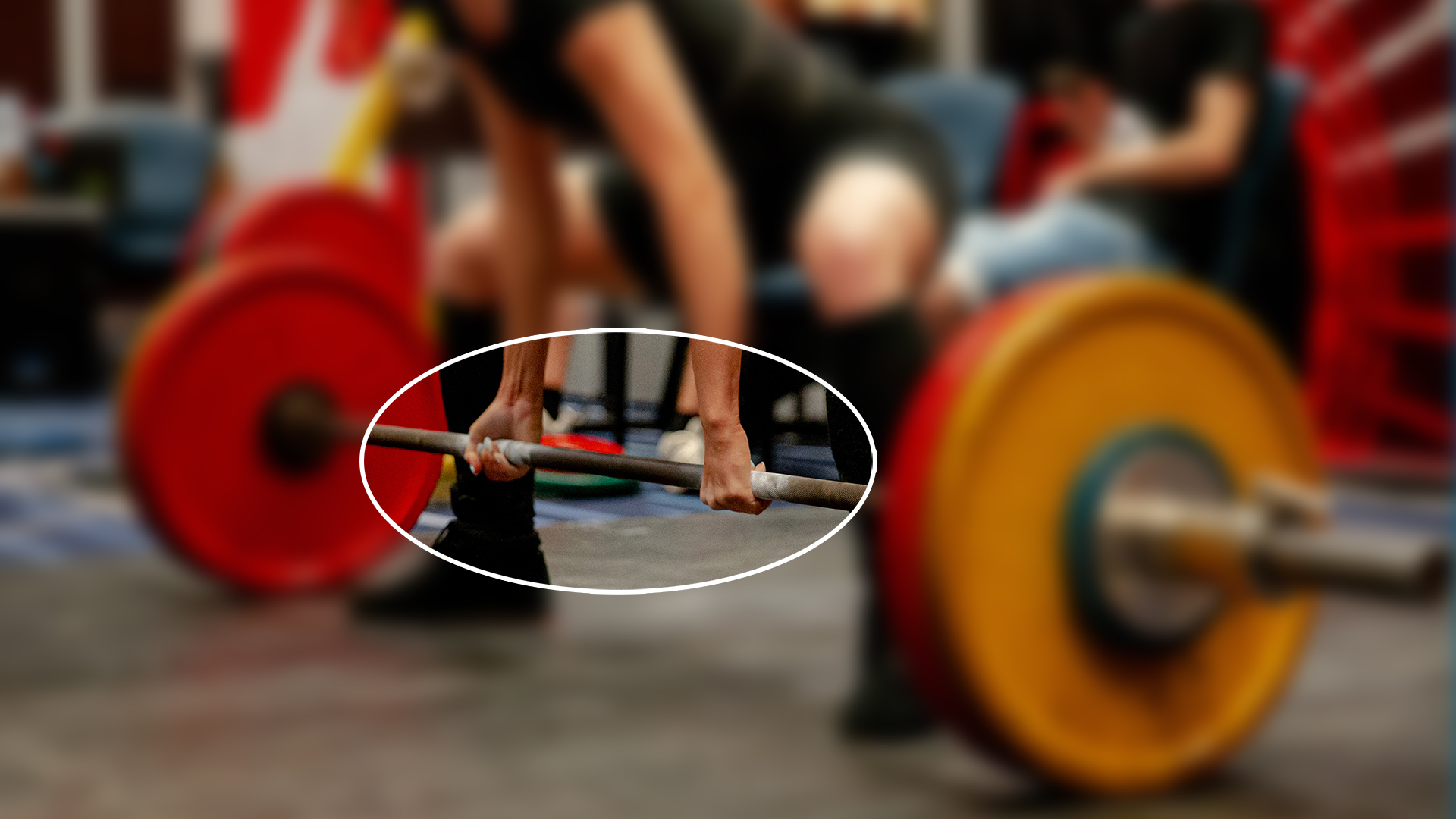
The opposite hand will grip the barbell overhand, just as is the case with a standard deadlift grip technique.
The underhand arm should remain entirely straight, with care taken to ensure that the elbow remains fully extended with no dynamic contraction of the biceps taking place whatsoever.
Hook Grip and Mixed Grip - Differences in Accessibility
Although both the hook and mixed grip are used for the same purposes, they are not equal in terms of accessibility. Either grip technique requires different levels of mobility, pain tolerance and conscious control over the body itself.
Mobility Requirements
Strictly speaking of hand and wrist mobility, the mixed grip is considerably easier to perform. This is primarily because it does not stretch any part of the arms in an excessive manner.
In comparison, the hook grip may place greater demand on the wrists, forearm muscle tendons and fingers depending on how long the lifter’s fingers are.
Pain Tolerance
One of the most significant barriers to performing the hook grip is discomfort.
Unlike other grips, the hook grip utilizes quite a bit of friction to suspend the bar. With the thumb acting as a wedge beneath the barbell, lifters may experience some discomfort and pain as it is quite literally squeezed therein with the remaining fingers.
While it is likely that the lifter will adapt to the pain over time, those who wish to avoid it may instead make use of the mixed grip.
Muscular Control (Over the Biceps)
Although the hook grip requires no additional control over the arm muscles, the mixed grip demands extra attention paid to the biceps of the underhand arm.
Because of the sheer amount of weight lifted during the deadlift, dynamically engaging the biceps during a mixed grip can easily strain the muscle - if not outright tear it. It is paramount to keep the underhand arm as straight as the opposite arm.
For individuals who have trouble keeping their elbows straight during a mixed grip deadlift, it may be better to switch to the hook grip, or even to use lifting straps.
Full Deadlift Form Adherence
Depending on the lifter’s mastery of general deadlift form, using a mixed grip may cause one side of the body to move in an uneven manner, especially in regards to the shoulders or back.
If fatigued or if not enough attention is paid to proper form, the mixed grip can easily lead to an asymmetric pull from the upper body.
The hook grip does not suffer from the same issues. The hands are set in an even manner, and take after the standard double overhand grip.
If the lifter finds that their deadlift form becomes asymmetric, it may be due to their usage of the mixed grip. Trying out an alternative grip style may correct the issue.
Hook Grip and Mixed Grip - Barbell Control
Accessibility notwithstanding, both hook and mixed grip techniques are used so as to achieve better control over the barbell.
During a deadlift, the barbell may rotate to one side on its axis, or otherwise roll out of the lifter’s hands as they pull it. Both cases can lead to a failed repetition and even severe injury - hence the importance of a secure grip technique.
Preventing Barbell Rotation
In terms of preventing rotation of the barbell, both the mixed grip and hook grip are quite effective.
However, the mixed grip is somewhat less effective at countering axial rotation of the barbell through its center. Because the arms are uneven and one hand is in a supinated orientation, lifters may find that the barbell has a rotational bias towards said supinated arm.
Although easily corrected by squeezing the barbell tighter (and keeping it flush against the legs), the hook grip is superior in this regard.
As such, the hook grip is considered to be incrementally better at controlling the barbell than the mixed grip.
Preventing Loss of Grip or Forearm Fatigue
In addition to preventing rotation of the barbell, the mixed grip and hook grip are also used so as to strengthen the lifter’s grip itself. Whether due to fatigue or simply insufficient grip strength, many lifters are unable to keep hold of the barbell during an entire set of deadlifts.
Although better than a double overhand grip, the mixed grip is nonetheless worse than the hooked grip. With one hand still in an overhand orientation, the mixed grip is comparatively less useful for maintaining a hold over the barbell than the hook grip.
In comparison, the hook grip is not entirely controlled by forearm strength, as friction and the hooks formed from the thumbs help the lifter keep the barbell in their grasp.
Is the mixed grip excellent for keeping hold over a deadlift 1RM? Absolutely - but the hook grip is better for higher volume sets that would otherwise fatigue the forearm muscles.
Compatibility with Grips, Fat Bars and Other Alternative Barbells
While situational at best, the mixed grip is potentially easier to use with alternative equipment than the hook grip. This is simply because the hook grip requires the lifter to stretch their fingers over the thumb alongside the circumference of the barbell.
Having a thicker or oddly-shaped barbell will only make this more difficult, if not entirely impossible.
So - if you’re using barbell grip attachments, a particularly thick barbell or any other type of equipment, the mixed grip is a comparatively more suitable choice.
Hook Grip and Mixed Grip - Injury Risk Differences
Both the hook grip and mixed grip come with their own inherent set of risks and disadvantages. We’ve described them below.
The Mixed Grip: Major Injury Risks and Problems
The first and most major issue with the mixed grip is its capacity to tear the biceps. As previously mentioned, if the lifter is unable to keep the underhand arm straight during a mixed grip deadlift, the biceps may contract in a dangerous manner.
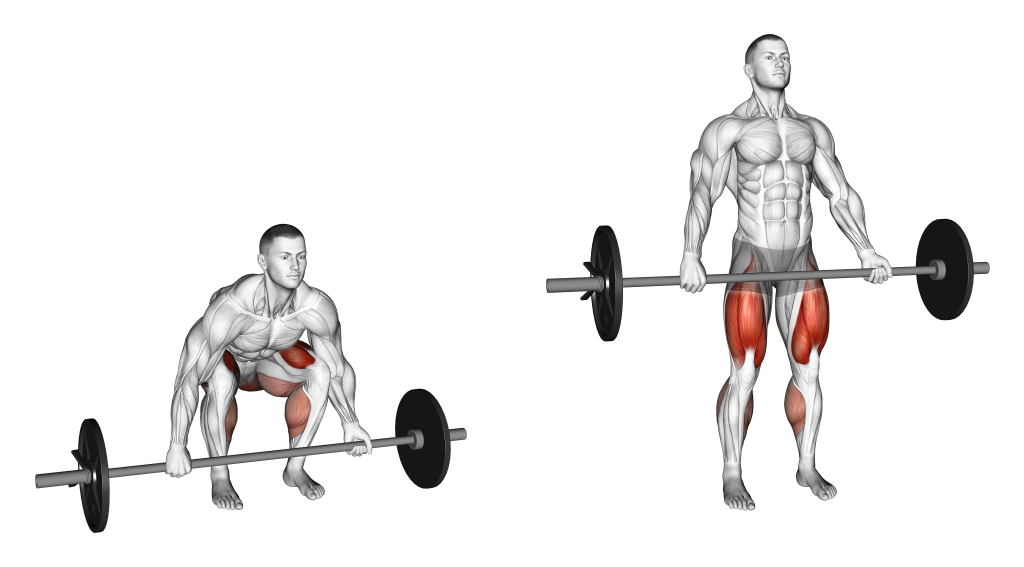
With how heavy a deadlift barbell is, contracting the biceps in such a manner is akin to attempting a bicep curl with several hundred pounds worth of weight - leading to injury.
Biceps risks aside, the mixed grip also has the potential to cause an asymmetric stance. The trapezius on the underhand side may jut upwards, the shoulder of the same arm may rotate incorrectly or the upper back may round unevenly.
Finally - even if no break in form adherence occurs, the mixed grip is still inferior to the hook grip for one reason; uneven load distribution.
As one may guess, lifting with one arm supinated and the other pronated will contract different muscles in different ranges of motion. If repeated over the course of many workouts, these muscles will develop independently of their counterparts on the opposite side of the body.
While this can be corrected by simply switching the orientation of the hands with each set, it is still an imperfect solution and better avoided.
The Hook Grip: Major Injury Risks and Problems
In terms of major injury risks, the hook grip is actually quite comparable to the double overhand grip in terms of safety.
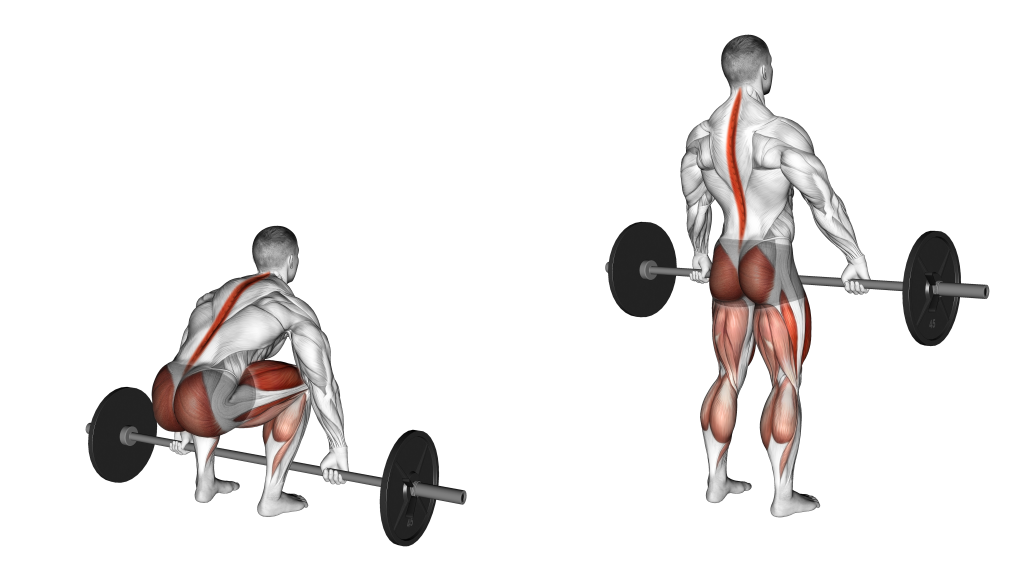
However, many lifters who use the hook grip complain of bruising and pain along their thumbs and other parts of the hand. While a serious injury as a result of the hook grip is quite rare, it is nonetheless still a risk.
In addition, lifters with particularly long thumbs may excessively wrap said thumb around the barbell. This can stretch the webbing of the thumb and pointer finger across the surface of the bar, potentially tearing it.
Otherwise - discomfort and pain notwithstanding - the hook grip is considered to be significantly safer than the mixed grip.
Which Grip is Better for Deadlifting, Hook or Mixed?
With all this information in mind, you may still be wondering which grip is better for you.
In truth, the answer will depend on what sort of deadlift you are performing.
If a temporary boost in grip strength is needed to finish a 1RM set, the mixed grip is easier than trying out the hook grip for the first time. Likewise, if you’ve tried the hook grip and find it too painful for your liking, the mixed grip (or any other alternative grip) are perfectly fine as well.
Conversely, learning the hook grip is far better for long-term training or high volume deadlift sets, as it will not increase the risk of injury or lead to muscular imbalances.
Our advice? Stick with the hook grip.
Remember to switch your hand orientation with each set if you decide to go with the mixed grip - and to pay full attention to proper deadlift form, regardless of grip technique.
References
1. Pratt, Jedd & Hoffman, Arianna & Grainger, Adam & Ditroilo, Massimiliano. (2020). Forearm electromyographic activity during the deadlift exercise is affected by grip type and sex. Journal of Electromyography and Kinesiology. 53. 102428. 10.1016/j.jelekin.2020.102428.
2. Beggs J. A., Swann W. M., Beggs L. A. (2014). Bilateral asymmetry in arm muscle activation during the deadlift. Med. Sci. Sport Exerc. 46:533 10.1249/01.mss.0000495061.87736.da
3. Jukic, Ivan & García Ramos, Amador & Malecek, Jan & Omcirk, Dan & Tufano, James. (2020). The Use of Lifting Straps Alters the Entire Load- Velocity Profile During the Deadlift Exercise. The Journal of Strength and Conditioning Research. 10.1519/JSC.0000000000003850.

